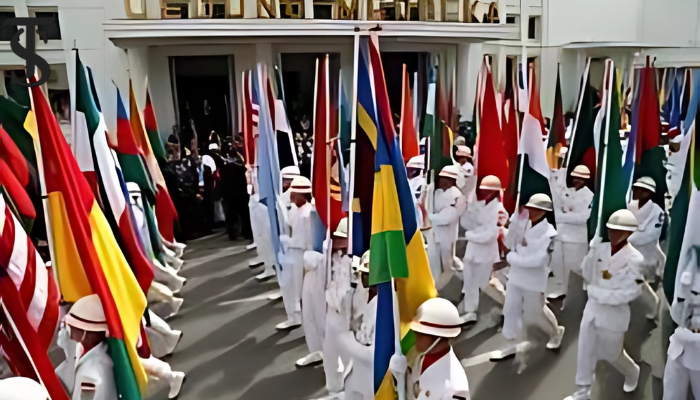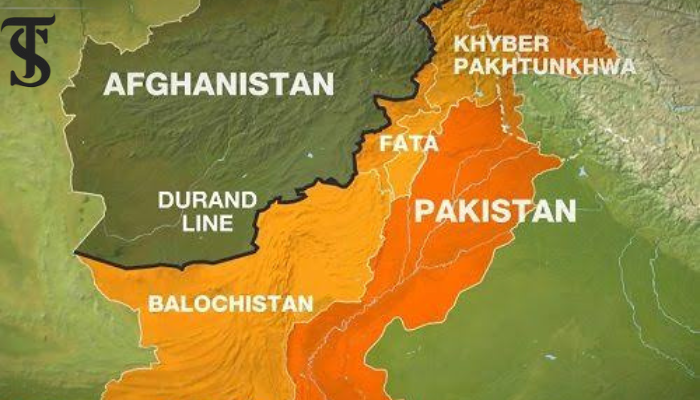Reviving the Bandung Spirit: South–South Cooperation and the Vienna Programme of Action

Landlocked developing countries (LLDCs) are among the poorest nations, often exhibiting the lowest socioeconomic development and growth rates. The 32 LLDCs face substantial challenges—including lack of sea access, isolation from international markets, high trade and transportation costs, and inadequate infrastructure connectivity. To address these hurdles, the United Nations Economic and Social Council’s Special Body on Least Developed and Landlocked Developing Countries convened a Ministerial Conference in 2003. Marked as the first international gathering focused exclusively on LLDCs, it led to the Almaty Programme of Action (2004–2014), and subsequently the Vienna Programme of Action (VPoA, 2014–2024). South–South cooperation has been crucial to implementing these programs, reflecting the ten principles of the Bandung Conference—often referred to as the “Bandung Spirit.”
What Is the Vienna Programme of Action (VPoA)?
The Vienna Programme of Action is a ten-year United Nations initiative (2014–2024) designed to support the sustainable development of LLDCs. It addresses their particular challenges—such as the need for improved infrastructure, restricted access to international markets, and high transport costs—by emphasizing increased connectivity and market access. The VPoA focuses on six priority areas:
- Transit policy issues
- Infrastructure development
- International trade and trade facilitation
- Regional integration and cooperation
- Structural economic transformation
- Means of implementation
Seventy Years of the Bandung Spirit
South–South cooperation traces back to the 1955 Asian-African Conference in Bandung, Indonesia, which brought together 24 newly independent countries in Asia and Africa to foster political and economic integration. The Non-Aligned Movement (NAM), formalized at the 1961 Belgrade Summit, also emerged from this conference as a coalition of developing nations insisting on independent development paths.
The “Bandung Spirit” championed friendship, solidarity, cooperation, and mutual development—prioritizing common ground over differences. Seventy years later, this ethos continues to guide Global South nations as they pursue shared development through initiatives like China’s Belt and Road Initiative (BRI) and global agreements such as the 2015 Paris Agreement, the Addis Ababa Action Agenda, and the 2030 Agenda for Sustainable Development.
South-South Cooperation in Implementing the VPoA (2014–2024)
The VPoA embodies Bandung’s vision of mutual progress by bolstering LLDCs through South–South collaborations. Key elements include:
- Enhanced Transit Systems
Active participation in regional, multilateral, and bilateral trade agreements—alongside international transport treaties—has improved transit. Corridor initiatives such as the North–South Corridor, Lamu Port–South Sudan–Ethiopia Transport (LAPSSET) Corridor, Paraguay–Paraná Waterway, and the Beitbridge Border Post Corridor have reduced transit times. BRI projects have opened new routes to Indian Ocean ports, while CAREC (Central Asia Regional Economic Cooperation) has cut border-crossing delays. Between 2017 and 2022, the average speed of non-delayed trucks increased significantly, and rail traffic speeds also rose. - Infrastructure Development
Partnerships between LLDCs and Global South countries have accelerated transport infrastructure projects—for example, the Bioceanic Bridge, Astara–Rasht–Qazvin railway, and Kazungula Bridge. Port expansion efforts, notably LAPSSET (operational since 2012), have linked Ethiopia and South Sudan, boosting regional integration. ICT and energy infrastructure have also benefited: the China–Africa Clean Energy Technology initiative has supported power projects across African LLDCs. - Regional Integration, Trade, and Facilitation
South–South cooperation has fostered new regional trade agreements (RTAs), with the average number of RTAs per LLDC rising from 3.3 in 2014 to 4.3 in 2023. Conventions and treaties have eased trade restrictions, facilitating freer movement of capital, labor, and services. The South–South Network for Trade Facilitation (established 2017) provides a platform for all 33 LLDCs to share best practices. In Africa, for instance, the 2018 Tadjoura Port Access Road project in Djibouti enhanced connectivity with Ethiopia and generated over 200,000 jobs. - Financial Development and Growth
LLDCs have turned to development finance institutions (DFIs) led by Southern nations—such as the Asian Infrastructure Investment Bank (AIIB), Development Bank of Southern Africa (DBSA), China Development Bank, and Brazil’s BNDES—to fund projects. Multilateral banks like the Islamic Development Bank (IsDB) have also simplified processes to align with UNFCCC and SDG objectives, helping LLDCs meet climate and development goals.
Conclusion
The Vienna Programme of Action aims to stimulate economic growth and strengthen regional integration. South–South cooperation has been instrumental—jointly planning and financing infrastructure, sharing technical expertise, and mobilizing financial resources. These collaborations echo the Bandung Spirit’s emphasis on self-reliance and economic diversification. However, uneven implementation remains a challenge; achieving the VPoA’s objectives will require continued commitment from LLDCs, transit partners, development institutions, and the broader international community.





